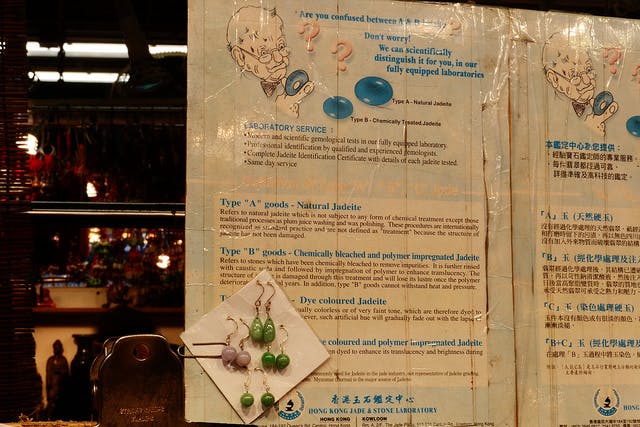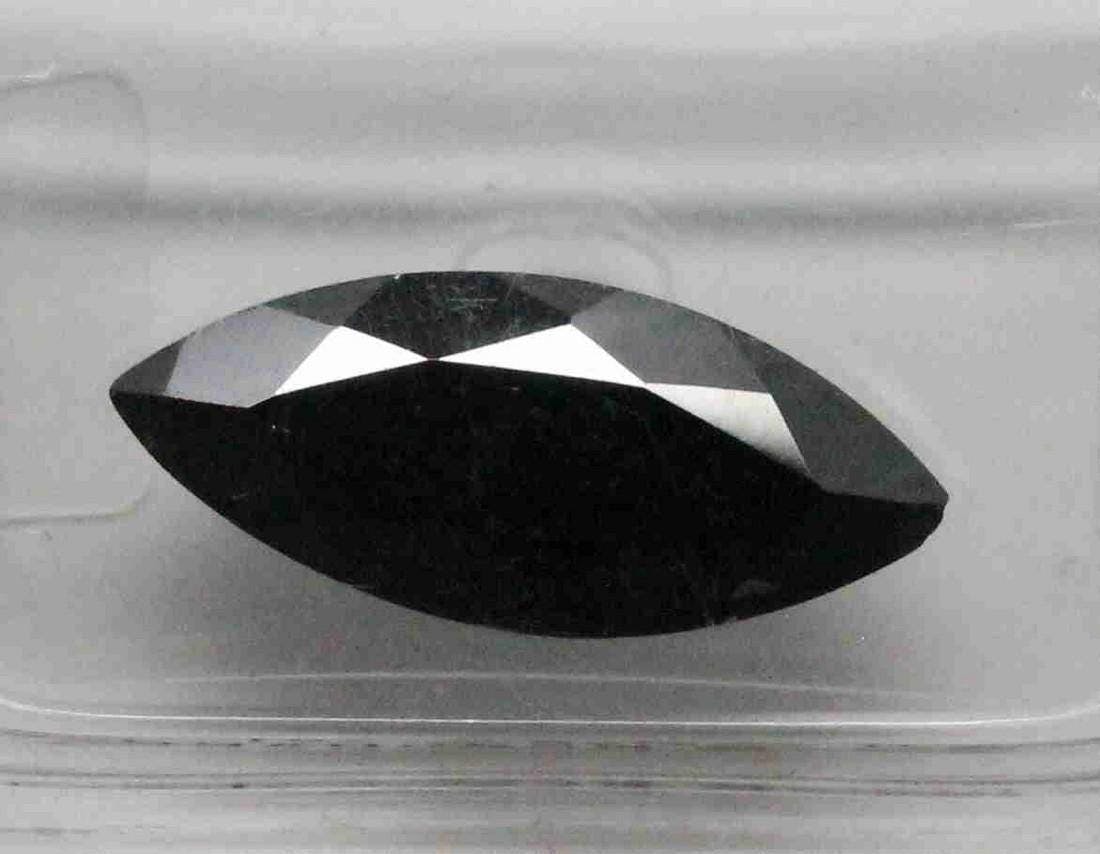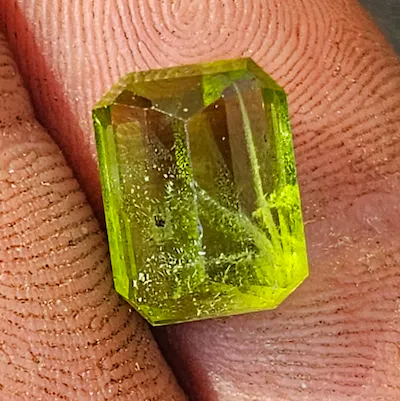News
Jadeite: A Rare and Valuable Gemstone
Imagine holding in your hand a rare and valuable gemstone, a piece of jadeite. This elusive and precious stone is a beautiful variety of jade, known for its exceptional hardness. Imperial jade, with its rich green hue, is considered the most valuable color. But jadeite comes in a myriad of astonishing colors, making it highly sought after for intricate carvings and polished cabochons. The value of jade gemstones depends on factors like color, origin, and size, with untreated Type A jade being the most desirable. Journey with us as we explore the fascinating world of jadeite, its rich history, and the artistry it brings to the world of jewelry. From its roots in Myanmar to the alluring imitations and synthetic versions, discover why jadeite has captivated hearts throughout the ages.
Overview of Jadeite
Jadeite is a fascinating gemstone that is highly valued for its rarity and hardness. It is one of the two minerals commonly known as jade, with the other being nephrite. Jadeite is a specific type of jade that is known for its vibrant colors and exceptional durability. In this comprehensive article, we will explore the definition of jadeite, its rareness and hardness, and how it compares to nephrite.
Definition of Jadeite
Jadeite is a rare and hard variety of jade. It is a silicate mineral that belongs to the pyroxene group. The term “jade” originated from the Spanish term “piedras de yjada,” which referred to certain green stones from the Americas. Jadeite is known for its stunning colors ranging from intense greens to lavender, reds, yellows, and whites. It has a vitreous luster and can be translucent to opaque in appearance.
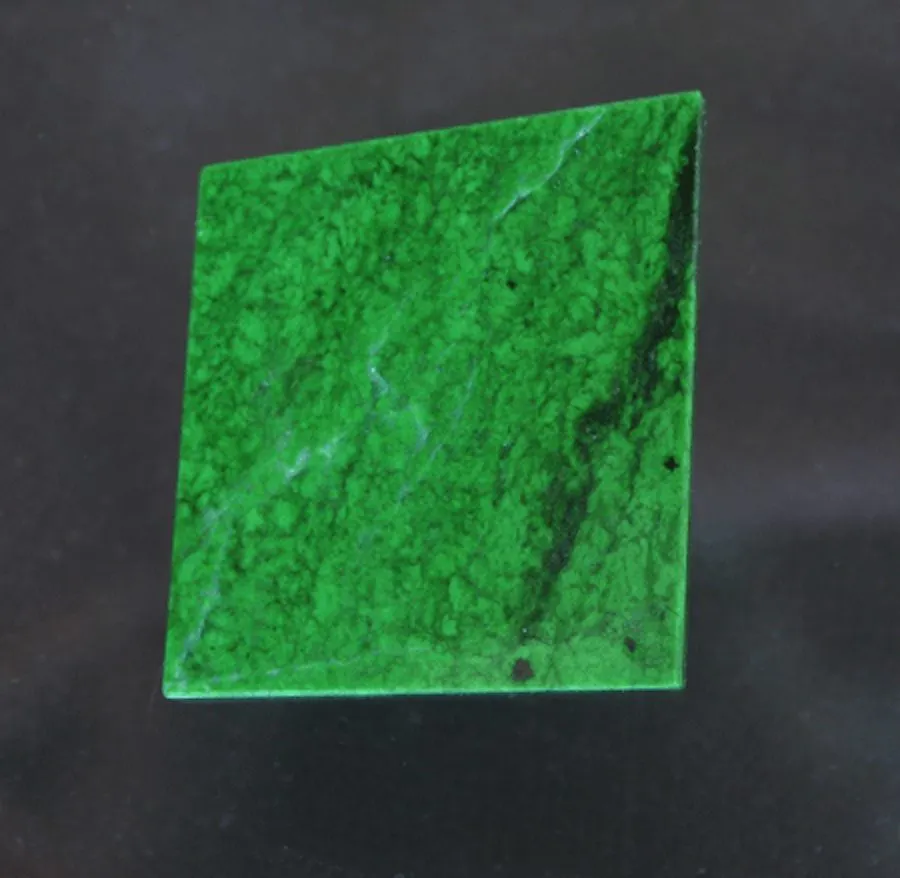
Rareness and Hardness of Jadeite
Jadeite is highly prized for its rarity and scarcity in the gemstone market. It is considered much rarer than nephrite, the other type of jade. Jadeite is primarily found in Myanmar (Burma) and small quantities can be found in other countries such as Guatemala, Russia, and Japan. Its scarcity adds to its allure and value.
In addition to its rarity, jadeite also boasts impressive hardness. On the Mohs scale of mineral hardness, jadeite ranges from 6.5 to 7, making it tougher than many other gemstones. Its toughness and resistance to breakage contribute to its suitability for various uses, including jewelry and carvings.
Comparison to Nephrite
While both jadeite and nephrite are commonly referred to as jade, they have distinct differences. Jadeite is known for its vibrant and saturated colors, whereas nephrite tends to have more earthy and subtle hues. Nephrite is also slightly softer than jadeite, with a hardness of 6 to 6.5 on the Mohs scale. It is more commonly found and has been used for centuries in Chinese and Maori cultures for carvings and ornaments.
Although jadeite is considered more valuable and desirable in the gemstone industry, nephrite also holds significant cultural and historical importance. Both minerals have their own unique characteristics and appeal to different individuals based on personal preferences.
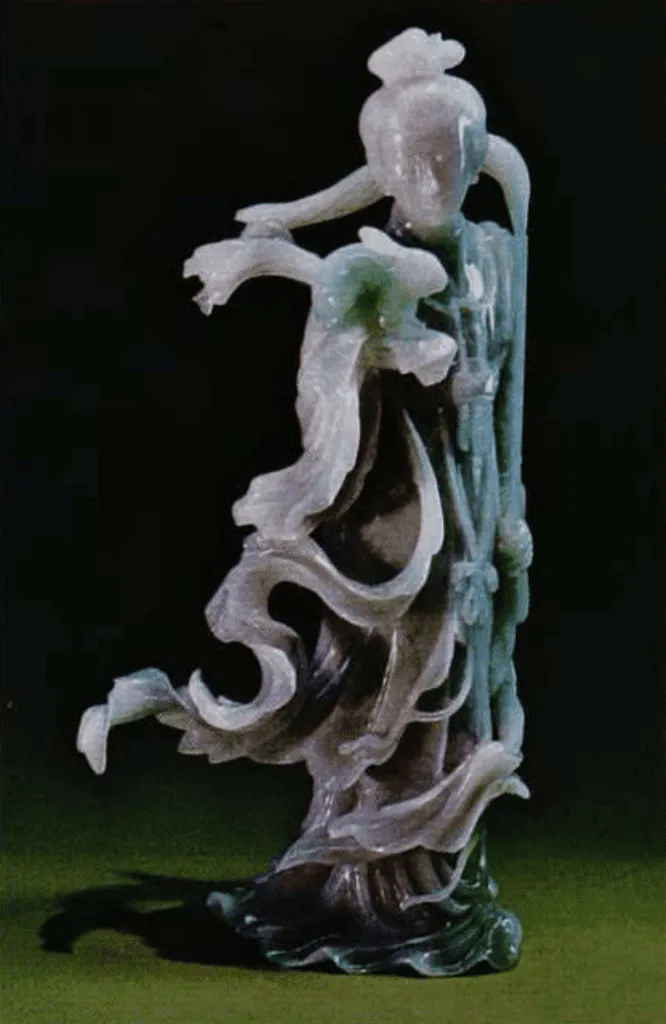
Properties of Jadeite
Colors of Jadeite
Jadeite is known for its wide range of colors, making it a versatile gemstone for jewelry and decorative purposes. The most valuable jade color is imperial jade, which is a rich green color reminiscent of fresh spring leaves. This vibrant green hue is highly sought after and often commands high prices in the market.
However, jadeite can occur naturally in various colors such as lavender, red, yellow, white, and even black. Each color variation possesses its own unique charm and beauty. These different colors provide flexibility for artisans to create exquisite carvings and cabochons that showcase the natural beauty of jadeite.
Uses of Jadeite (Carvings and Cabochons)
Jadeite has been used for centuries to create stunning carvings and cabochons that showcase its vibrant colors and natural patterns. Carvings made from jadeite often depict intricate designs and symbols that hold cultural and historical significance. These carvings can range from figurines and sculptures to intricate jewelry pieces.
Cabochons, on the other hand, are polished and domed gemstones that highlight the natural beauty of jadeite. These smooth, rounded gemstones are popular for use in pendants, earrings, and rings. Jadeite cabochons can be cut in various shapes, from traditional ovals and rounds to more unique and artistic forms.
Toughness and Durability
Jadeite is renowned for its toughness and durability. It has a compact and dense crystal structure, which contributes to its ability to withstand daily wear and tear. This makes it an excellent choice for jewelry, especially jadeite rings that are exposed to constant use and potential impacts.
Jadeite’s toughness is a testament to its resistance to breakage, making it an enduring gemstone that can be passed down through generations. Its durability allows it to withstand the test of time, further enhancing its value and desirability.
Factors Affecting Jadeite Value
When it comes to determining the value of jadeite, several factors come into play. These factors significantly impact the price and desirability of jadeite gemstones.
Color
Color is one of the most influential factors affecting the value of jadeite. Imperial jade, with its vivid green color, is the most highly prized and valuable. The intensity and saturation of the color, along with its even distribution, contribute to the gemstone’s allure. Other colors of jadeite, such as lavender, red, yellow, and white, can also be valuable, but they may not command the same premium as the coveted green jadeite.
Origin
The origin of jadeite can also greatly influence its value. Fine jadeite from Myanmar, also known as Burma, is highly sought after and often considered the pinnacle of jadeite quality. Myanmar has a long history of producing some of the finest jadeite in the world, with its mines yielding gemstones of exceptional color and transparency. Jadeite from other countries, although still valuable, may not reach the same level of desirability or price.
Size
The size of a jadeite gemstone can impact its value. Larger gemstones are rarer and more difficult to obtain, making them more valuable. However, it’s important to note that jadeite’s value is not solely determined by size. Factors such as color, transparency, and quality of the stone also play a significant role in its overall value.
Artistry and Provenance
The artistry and craftsmanship of a jadeite carving or jewelry piece can greatly enhance its value. Intricate carvings, unique designs, and exceptional attention to detail can elevate the desirability and price of jadeite items. Additionally, the provenance or documented history of a jadeite piece, especially if it has historical significance or is linked to a well-known artist or culture, can add value and prestige.
Desirability of Type A (Untreated) Jadeite
Jadeite can undergo various treatments to enhance its color, transparency, or durability. However, the most desirable and sought-after type of jadeite is Type A, which is untreated and has not undergone any artificial enhancements. Type A jadeite is valued for its natural beauty and rarity, making it highly sought after by collectors and enthusiasts.
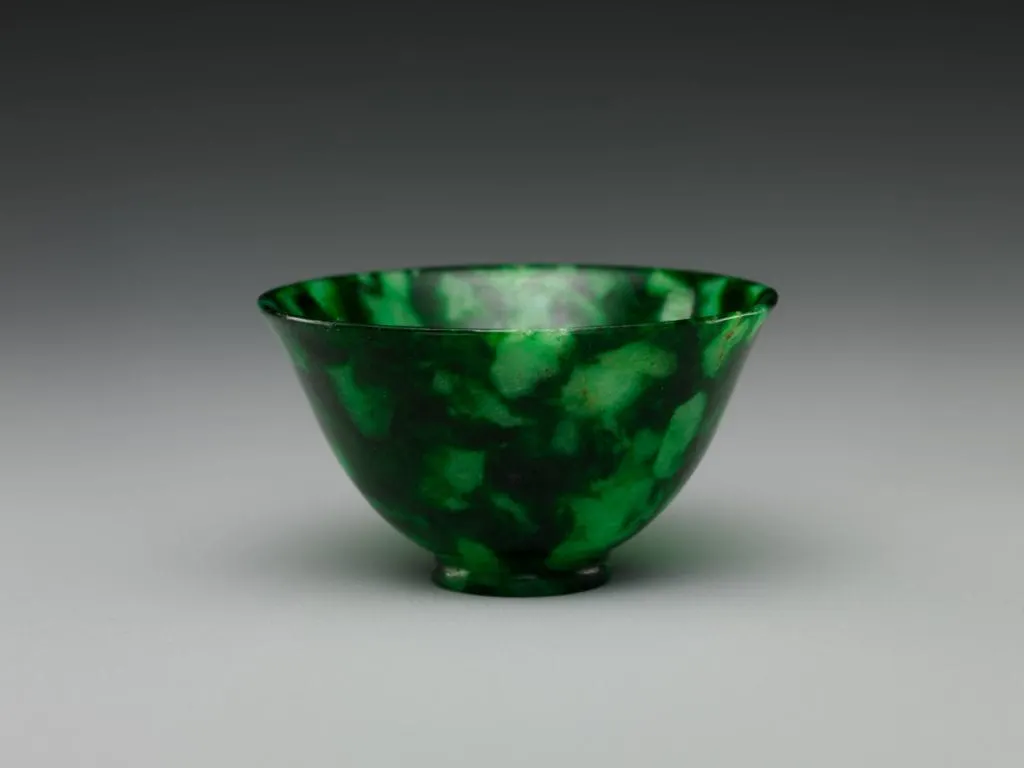
The Most Valuable Jadeite
Imperial Jade (Rich Green Color)
Imperial jade, with its rich green color, is considered the most valuable and prized variety of jadeite. It exudes a sense of luxury and elegance, commanding high prices in the gemstone market. The intense green hues of imperial jade are often associated with prosperity, vitality, and harmony. This highly sought-after color makes imperial jade a favorite among collectors and connoisseurs.
Fine Jadeite from Myanmar (Burma)
Myanmar has long been renowned for producing some of the finest quality jadeite in the world. The country’s mines yield gemstones of exceptional color and transparency, with a vibrant green hue that is highly sought after. Fine jadeite from Myanmar is characterized by its intense color saturation, excellent translucency, and desirable patterns. These qualities, combined with the gemstone’s rarity and scarcity, make it extremely valuable in the global market.
Artistic Value and Provenance
In addition to color and origin, the artistic value and provenance of a jadeite piece greatly impact its value. Exquisite carvings, unique designs, and exceptional craftsmanship can elevate the desirability and price of jadeite items. Moreover, the provenance or documented history of a jadeite piece adds to its value, especially if it is linked to a well-known artist or has historical significance.
History and Origins of Jadeite
Origin of the Term ‘Jade’
The term “jade” originated from the Spanish term “piedras de yjada,” which referred to certain green stones from the Americas. Over time, the term evolved to encompass a broader range of green gemstones, including both jadeite and nephrite. Today, jadeite and nephrite are the two minerals commonly referred to as jade.
Historical Significance of Jadeite
Jadeite holds immense cultural and historical significance, particularly in East Asian cultures. In ancient China, jade was highly esteemed and regarded as a symbol of nobility, purity, and immortality. It was worn by emperors and used in ceremonial objects, believing it possessed mystical qualities and brought good fortune. Jadeite jewelry and carvings were also important status symbols and played a significant role in various rituals and traditions.
Role of Myanmar in Jadeite Production
Myanmar, also known as Burma, has played a pivotal role in the production and trade of jadeite for centuries. The country’s mines have been a source of high-quality jadeite, particularly the famous “mogok” mines. Myanmar’s jadeite industry has undergone numerous changes and regulations over the years, but the country remains a significant player in the global jadeite market.

Jadeite Jewelry
Suitability for Jewelry
Jadeite is an excellent choice for jewelry due to its toughness, durability, and captivating beauty. Its hardness on the Mohs scale makes it resistant to scratches and abrasions, ensuring that it can withstand the rigors of everyday wear. Additionally, jadeite’s vibrant colors and unique patterns make it a desirable gemstone for a wide range of jewelry pieces.
Jadeite Rings and Other Ornaments
One of the most popular forms of jadeite jewelry is the jadeite ring. Jadeite rings allow individuals to wear this enchanting gemstone on their fingers, showcasing its beauty and adding a touch of elegance to any outfit. Jadeite is also used in the creation of other jewelry pieces, such as pendants, earrings, bracelets, and brooches. These pieces often feature intricate designs and settings that showcase the gemstone’s natural beauty.
Symbolism and Cultural Significance
Jadeite holds rich symbolism and cultural significance in various cultures around the world. In East Asian cultures, jadeite is traditionally associated with luck, prosperity, and protection from harm. It is believed to bring harmony and balance to the wearer’s life and is often passed down as heirlooms through generations. In addition to its cultural significance, jadeite’s vibrant colors and exquisite craftsmanship make it a prized possession for collectors and jewelry enthusiasts worldwide.
Synthetic Jadeite
General Electric’s Creation of Synthetic Jadeite
General Electric (GE) has successfully created synthetic jadeite in their laboratory. These synthetic gems have the same composition and gemological properties as natural jadeite. GE’s breakthrough in the creation of synthetic jadeite opened up new possibilities for expanding the availability of jadeite in the market.
Restrictions on Commercial Release
While synthetic jadeite has been successfully created, it is important to note that it has not been commercially released. The production of synthetic jadeite is currently limited, and there are restrictions in place to prevent the flooding of the market with synthetic versions. These restrictions aim to preserve the value and desirability of natural jadeite gemstones.
Authenticity Concerns
The creation of synthetic jadeite has raised concerns about the authenticity of jadeite gemstones in the market. As technology advances, it becomes increasingly crucial to ensure that consumers are aware of the potential presence of synthetic gemstones. Certification by reputable gemological laboratories and transparency in the jewelry industry are essential in maintaining consumer trust and confidence.
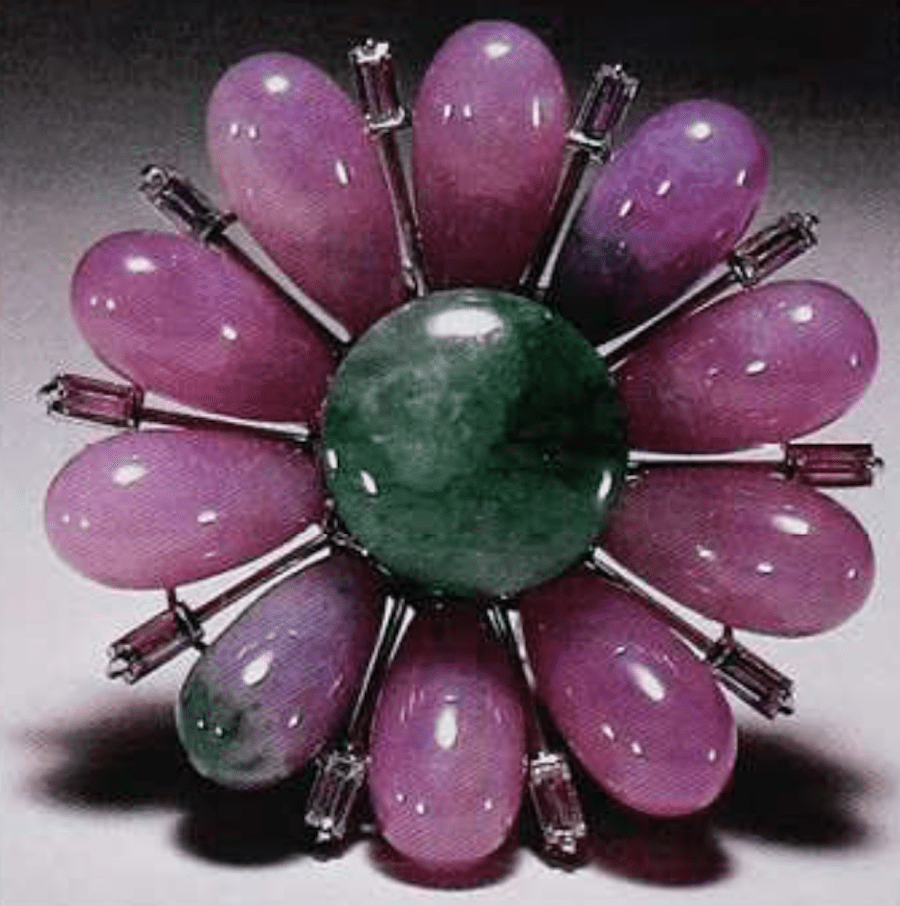
Imitations and Simulants of Jadeite
Calcite
Calcite is a mineral that can closely resemble jadeite in appearance. It can exhibit similar colors and translucency, making it a common imitation in the market. However, calcite is significantly softer than jadeite and lacks the durability and toughness of the genuine gemstone. By assessing hardness and other gemological properties, experts can distinguish between calcite imitations and genuine jadeite.
Idocrase
Idocrase, also known as vesuvianite, can also be used as an imitation for jadeite. It occurs in similar colors and can be easily mistaken for jadeite at first glance. However, idocrase lacks the characteristic toughness and durability of jadeite. Its lower hardness and different crystal structure allow gemologists to differentiate between the two gemstones.
Aventurine
Aventurine is a type of quartz that can resemble green jadeite. It often contains abundant glittery inclusions, giving it a distinctive sparkle. However, aventurine is significantly softer than jadeite, making it less durable and prone to scratching. The presence of these inclusions and differences in hardness can help experts distinguish between aventurine and genuine jadeite.
Serpentine
Serpentine is a green mineral that is sometimes used as a simulant for jadeite. It can exhibit a similar color and texture, making it a possible substitute in jewelry. However, serpentine is much softer than jadeite and lacks its exceptional toughness. Gemologists can easily differentiate between serpentine and jadeite by assessing hardness and conducting additional tests.
Green Hydrogrossular Garnet
Green hydrogrossular garnet is another gemstone that can mimic the appearance of jadeite. It occurs in similar shades of green, often with a translucent to opaque appearance. However, hydrogrossular garnet is softer than jadeite and lacks its toughness. By examining its physical and gemological properties, experts can distinguish between the two gemstones.
Sanctions on Burmese Jadeite
Overview of Sanctions
There have been sanctions on Burmese jadeite due to concerns over human rights abuses and the illicit trade of gemstones in Myanmar. These sanctions aim to regulate and control the import and export of jadeite from Myanmar to mitigate the negative impact of the jadeite trade.
April 2021 Sanctions Update
In April 2021, the United States imposed additional sanctions on Burmese jadeite as part of efforts to address the ongoing political turmoil in Myanmar. These sanctions further restrict trade and financial transactions involving Burmese jadeite, reinforcing the international community’s stance on human rights violations and the need for democratic reforms in Myanmar.
Impact on Jadeite Market
The sanctions imposed on Burmese jadeite have had significant effects on the gemstone market. The restrictions on trade and financial transactions have limited the availability of Burmese jadeite, resulting in a decrease in supply. This has led to an increase in the value of existing Burmese jadeite in the market and a rise in demand for alternative sources of high-quality jadeite.
Conclusion
Jadeite is a truly remarkable gemstone with its vibrant colors, exceptional hardness, and cultural significance. Its rarity and durability make it a highly desirable gemstone, especially in the jewelry industry. The value of jadeite is influenced by factors such as color, origin, size, artistry, and provenance. While there are synthetic jadeite and various imitations in the market, the allure of natural, untreated Type A jadeite remains unparalleled. As we continue to appreciate and celebrate the beauty of jadeite, it is important to preserve its authenticity, promote ethical sourcing, and respect the cultural heritage associated with this extraordinary gemstone.

